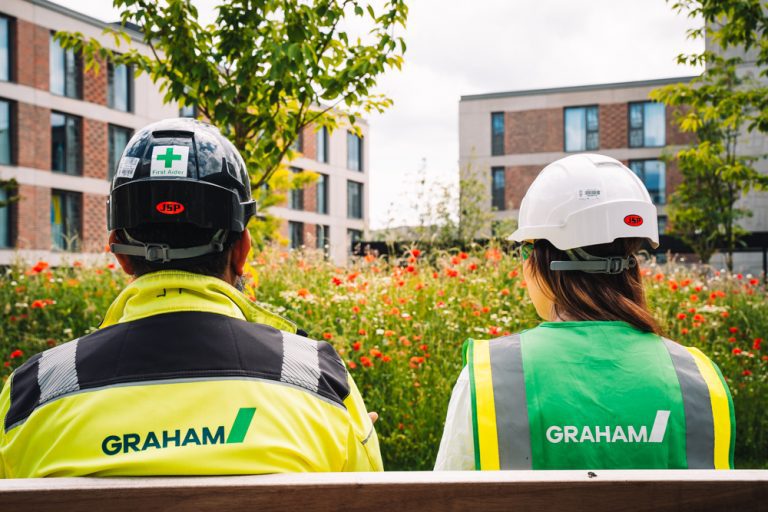The exterior of a house forms part of its curb appeal. It’s the first thing people and potential buyers will notice before getting to your living space. However, the exterior of a property has to withstand the everyday stresses of the weather conditions. These weather conditions and other factors can accelerate how fast they deteriorate. Although the property’s location can affect how quickly its exterior will deteriorate, it’s essential to understand that weather conditions can cause significant damage. For this reason, it’s crucial to identify ways to buffer and protect your house from weather conditions. Hence, the need for rendering services. The following article discusses what you need to know about rendering. You’ll learn what rendering is, why you should consider outsourcing these services, and more. Read on. What Is Rendering? As mentioned above, having a buffer zone between your home exterior and weather conditions is crucial. Rendering involves installing protective material over your property’s building bricks and blocks. Thus, the exterior won’t be in direct contact with the extreme weather, saving it from deterioration and other risks. Apart from protecting your exterior, rendering will significantly improve your home appearance, which could boost your home value. Why Should You Hire Rendering Services? Although you might prefer to render the house by yourself, it’s advisable to outsource the services from a reputable vendor. However, getting a reputable service provider can be challenging due to the many options you can choose from. For this reason, it’s crucial to conduct enough background checks to gauge the reputation of a service provider, ensuring you get quality services at affordable prices. In choosing a service provider, Rock cote specialist say you must opt for one that can deliver quality and personalized services to their customers. That said, you should take your time when gauging a service provider and ensure that they will meet your needs and expectations, giving you the value of your hard-earned bucks. The following are the benefits of hiring rendering services. They include: Access To Quality Services This is one of the reasons why you should consider outsourcing your rendering services. A reputable service provider has enough skills and know-how to ensure they deliver quality services. If you decide to do the rendering project by yourself, you might not have enough tools and know-how to finish the project, and you might lose your investment. Apart from experience, reputable service providers are certified to undertake such projects. Thus, they’ll ensure you comply with the building codes in your locality. This doesn’t only save you from non-compliance fines and penalties; it’ll also ensure quality results, giving you value for your money. Stay In A Budget An expert will make it easier for you to stay within the budget. An expert with market knowledge will ensure you access affordable materials within your budget. They’ll also deliver quality services, ensuring you get the most out of the service fees charged. On the other hand, doing everything by yourself might make it hard for you to stay within the budget. You might pay more for materials if you don’t have the skills and market knowledge. This may affect your saving margins, and you find yourself with insufficient funds to finish the project. Insurance Coverage Rendering is not a cheap investment and might leave a huge dent in your hard-earned savings. For this reason, it’s essential to ensure it’s protected and insured in case it happens to it. If you undertake the project and anything happens to it, you risk losing your entire investment. On the other hand, a service provider will provide a liability coverage policy. The policy will ensure the project is safe in case anything happens. However, it’s essential to go through the provided coverage to understand what is covered and what is not. With such information, you can consider including add-ons to guarantee you’ll be fully compensated in case of anything. What To Consider When Looking For A Rendering Service Provider? It would be best to consider the following factors to ensure you get a reputable service provider to cater to your rendering needs. They include: Experience This is one of the things you should look out for before hiring a vendor. An experienced vendor will have enough skills to undertake the project. Additionally, they must have undertaken a similar project; thus, avoiding mistakes will be easier, ensuring you get an outstanding result. Price The cost of rendering services will vary from one vendor to another. Paying a high amount of money doesn’t guarantee you get quality services. On the other hand, ridiculously low prices aren’t the best idea either. That said, it’s important to visit more than one service to know the average price in your area. This ensures you get quality services at pocket-friendly prices, improving your return on investment (ROI). Wrapping Up As mentioned above, weather conditions might accelerate the deterioration of your property’s exterior. However, you can outsource rendering services to protect the exterior, improving their outlook and shelf life. Conduct extensive research to ensure you choose a reputable vendor in your locality, giving you value for your money.










